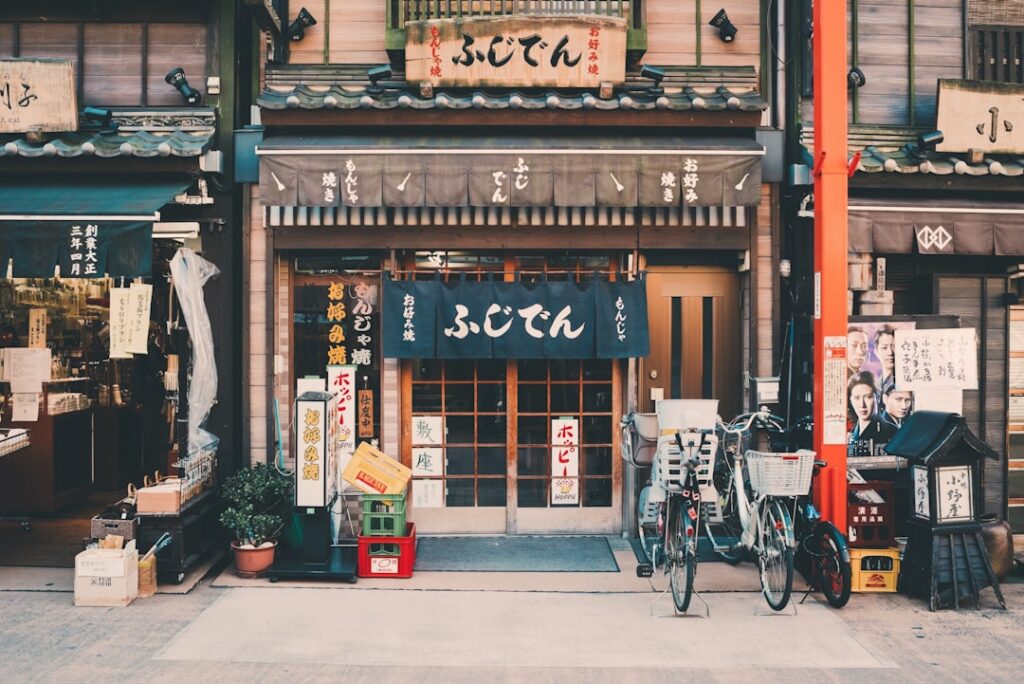Step inside Tokyo’s timeless kissaten and discover why retro coffee shops, once symbols of Japan’s Showa era, are experiencing a renaissance among the city’s youth in 2025. Far beyond simple coffee breaks, these nostalgic spaces blend tradition, artistry, and community, capturing the hearts (and Instagram feeds) of a new generation while honoring decades-old rituals. Journey with us through the atmospheric interiors, legendary menus, and untold stories behind Tokyo’s thriving kissaten revival.
Tokyo Kissaten Renaissance: Why Are Retro Cafés Booming Again in 2025?
In 2025, Tokyo’s iconic “kissaten”—a traditional Japanese café steeped in Showa era charm—are more popular than ever among the city’s youth. Once thought to be fading relics, these retro coffee shops now ride a new wave of appreciation, thanks to a longing for analog experiences and an escape from urban digital fatigue. The allure lies in the immersive nostalgia: dark wooden interiors, vinyl records, coffee brewed by hand, and a calm atmosphere that starkly contrasts with fast-paced, hyper-modern life outside. Young Tokyoites flock to kissaten seeking authenticity, a break from algorithm-driven trends, and a tangible connection with postwar Japanese culture. The result is a vibrant new era for kissaten, now seen as havens of artistic inspiration, community bonding, and slow living.
Tokyo’s Legendary Kissaten: Unique Spaces Where Time Stands Still
Deep in the heart of Tokyo, several historic kissaten have become cultural landmarks. Meikyoku Kissa Lion in Shibuya is famous for its towering bookcases, classical music reverberating from old speakers, and a strict no-talking policy that encourages contemplation. Café de L’Ambre in Ginza, founded in 1948, is a coffee purist’s paradise, where patrons can enjoy single-origin beans roasted on-site and brewed with meticulous care. Then there’s Sabō Kotori, a hidden gem in West Tokyo, where vintage tea cups, bird motifs, and hand-drawn menus add a whimsical, almost Ghibli-like touch. Each venue tells its own story through a unique blend of décor, music, and signature recipes. Visiting these places isn’t just about sipping coffee—it’s a journey into a living museum, where time seems to slow and every detail breathes nostalgia.
Trendy Retro Menus & Instagrammable Vibes: What Draws Young People In
Today’s kissaten have embraced the resurgence by offering not just classic items like Melon Soda floats and fluffy Showa-style soufflé pancakes, but also new twists designed for visual delight. Colorful parfaits, intricate latte art, and seasonal wagashi (Japanese sweets) share the spotlight with beloved comfort foods such as Katsu Sando (cutlet sandwiches) and Napolitan pasta. Interiors feature stained glass lamps, velvet chairs, and antique tableware—the perfect canvas for dreamy social media posts. Many shops have also begun collaborating with local artists, hosting exhibitions, and curating playlists to build unique atmospheres. For Tokyo’s younger crowd, kissaten offer an immersive, multisensory experience that feels both retro and refreshingly “now.”
Hidden Stories: Owners, Regulars, and Life Behind the Counter
What makes Tokyo’s kissaten truly “deep” are the untold tales and passionate people behind them. Interviews with café owners reveal their philosophies—some, like Mrs. Takahashi of Kotori, hand-pick antique dishware at morning markets, believing every cup tells a story. In Meikyoku Kissa Lion, the shopkeeper describes the devotion to maintaining vintage amplifiers and a collection of over 5,000 LPs for the optimal listening experience. Regular customers share memories of decades spent at their favorite tables, friendships formed over cups of hand-dripped coffee, and the subtle rituals that make each visit special. These intimate glimpses unveil kissaten not as static relics, but as dynamic communities where tradition and innovation quietly coexist.
How to Savor the Kissaten Experience: Etiquette, Events & Community Buzz
Visiting a kissaten is an art in itself. First-timers should observe quiet, refrain from excessive mobile phone use, and respect the pace of the staff, as many cafés pride themselves on slow, deliberate service. Sharing tables with strangers can lead to serendipitous conversations—or quiet coexistence. In 2025, kissaten events are flourishing, from vinyl listening sessions in Suginami to retro dessert competitions in Yanaka. Online communities and themed coffee tours help newcomers discover new favorites and appreciate subtle differences between shops. Whether traveling solo or with friends, immersing yourself respectfully in kissaten culture reveals a vibrant undercurrent of Tokyo life rarely seen by tourists.
Tokyo’s kissaten revival isn’t just a fleeting trend—it’s a living tribute to the city’s intertwined stories of past and present. For travelers and locals alike, these beautifully preserved and ever-evolving cafés offer a passport into Japan’s soul, one cup at a time. Sip, linger, listen—and become part of the next chapter in Tokyo’s kissaten legacy.








